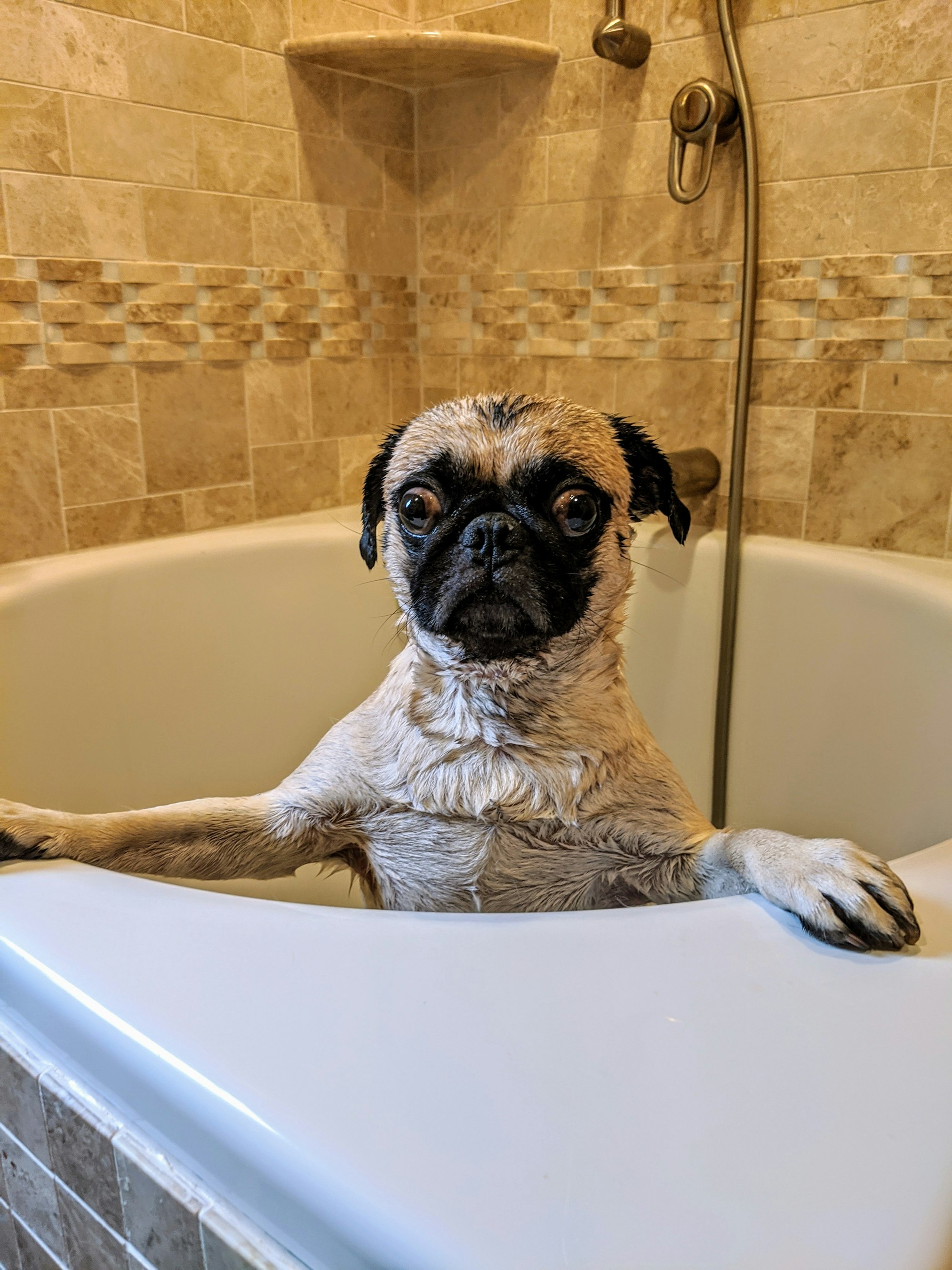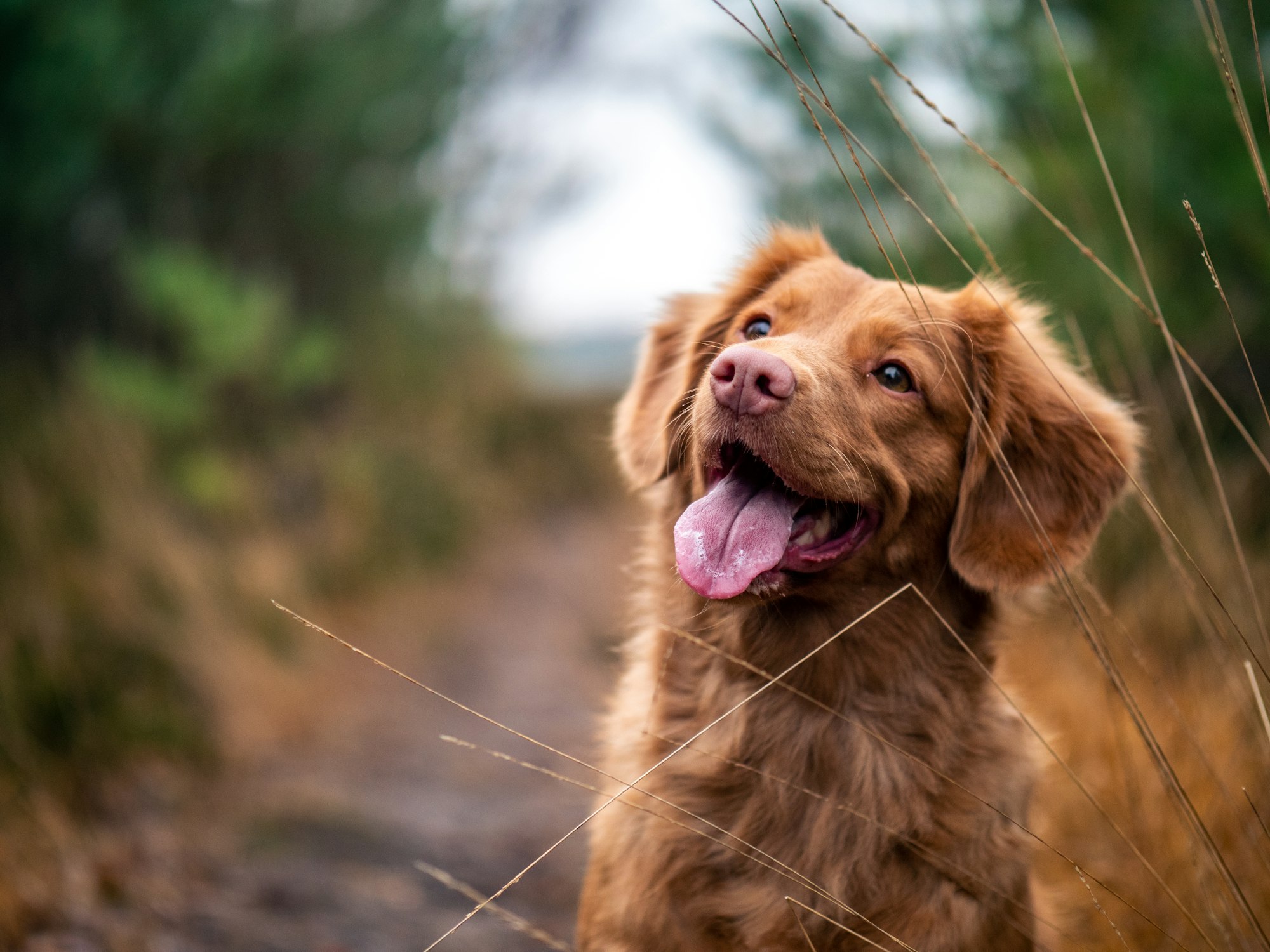Bringing a new puppy into your home is an exciting and joyful experience. However, along with all the cuteness and playfulness, there's the crucial task of housebreaking your furry friend. Potty training is a crucial aspect of a puppy's early development, and with the right approach and a bit of patience, you can successfully teach your puppy where and when to do their business.
Housebreaking, also known as potty training, is the process of teaching your puppy where it's acceptable to relieve themselves. It requires patience, consistency, and understanding of your puppy's behavior.

Understanding Your Puppy's Needs
Identifying Signs of Needing to Go
Recognizing the signals that your puppy gives when they need to relieve themselves is a crucial aspect of successful potty training. Puppies often exhibit certain behaviors that can serve as indicators. Keep an eye out for:
- Sniffing the Ground: If your puppy starts sniffing the floor or ground in circles, it's a sign that they are trying to locate a suitable spot for potty.
- Restlessness: Sudden restlessness, pacing, or an inability to sit still might indicate that your puppy is feeling the urge to go.
- Whining or Scratching: Whining or scratching and licking at the door is another way your puppy might communicate their need to go outside for a bathroom break.
Understanding these cues will help you anticipate your puppy's needs and take them to the designated potty area on time.
Establishing a Routine
Consistency is key when it comes to potty training. Puppies thrive on routines, and establishing a regular schedule will make the training process smoother.
Start by taking your puppy out first thing in the morning. After each meal, allow them to go potty within 15-20 minutes. Also, take them out before bedtime to prevent accidents during the night.
By sticking to a routine, you're helping your puppy understand when they can expect to go outside and do their business. This predictability aids in minimizing accidents indoors and speeding up the housebreaking process.
Setting Up a Designated Bathroom Area

Creating a designated bathroom area for your puppy is a fundamental step in effective potty training. By establishing a specific spot for them to do their business, you're helping them develop a clear understanding of where it's appropriate to relieve themselves.
Choosing the Spot
Selecting the right location for your puppy's bathroom area is crucial. Look for an easily accessible spot in your yard that is away from high-traffic areas and where your puppy can have some privacy. The scent of previous potty breaks in this spot will encourage them to use it consistently.
Using Verbal Cues
To reinforce the connection between the designated area and the act of going potty, use a verbal cue. When you take your puppy to the chosen spot, say a simple command like "Go potty" or "Do your business." Over time, your puppy will associate this command with the action you want them to perform.
By consistently using the same command and taking your puppy to the designated spot, you're providing them with clear guidance on where they should relieve themselves, making the training process more effective and efficient.

Positive Reinforcement
Using positive reinforcement is a powerful and effective method to encourage your puppy's desired behavior during the housebreaking process. By rewarding them for successful potty breaks, you're reinforcing the connection between their actions and positive outcomes.
Praise and Rewards
When your puppy successfully goes potty in the designated area, provide immediate praise and rewards. Use an enthusiastic tone of voice to express your approval, and follow it up with a small treat. This positive association reinforces the idea that going potty in the designated spot leads to positive outcomes.
Consistency is Key
Consistency in your approach is essential for positive reinforcement to be effective. Every time your puppy goes potty in the designated area, make sure to offer praise and a reward. This consistency helps your puppy understand that they are doing something right and encourages them to repeat the behavior.
Remember that puppies thrive on positive attention, and by providing consistent praise and rewards, you're creating a positive environment that encourages them to learn and follow the desired behavior of using the designated bathroom area for their potty breaks.
Dealing with Accidents
Accidents are a normal part of the housebreaking process, and it's vital to handle them in a patient and constructive manner. How you respond to accidents can greatly impact your puppy's learning and overall behavior.
Cleaning the Area Thoroughly
When accidents happen indoors, it's crucial to clean the area thoroughly. Use a pet-safe cleaning solution to remove any traces of odor. Puppies have a keen sense of smell, and if they can still detect the scent of their previous accident, they might be more likely to use the same spot again.

Avoid using harsh chemicals that could harm your puppy or damage your flooring. Instead, opt for enzymatic cleaners specifically designed to break down the components of pet waste and eliminate odors effectively.
Avoid Punishment
It's essential to resist the urge to punish your puppy for accidents. Punishment can create fear and separation anxiety, making your puppy associate going potty with negative experiences. This can hinder the training process and even lead to further accidents due to stress.
Instead of punishing your puppy, focus on reinforcing positive behavior. Continue using positive reinforcement when your puppy goes potty in the designated area, and be patient as they continue to learn and adjust to their new routine.
By maintaining a patient and understanding approach, you'll create a positive environment that fosters learning and helps your puppy grasp the concept of where it's appropriate to go potty.
Avoiding Common Mistakes
In the journey of housebreaking your puppy, some common mistakes can hinder progress and cause confusion. By being aware of these pitfalls, you can navigate the training process more effectively and set your puppy up for success.
Punishment Isn't Effective
One of the most common mistakes is resorting to punishment when accidents occur. Yelling, scolding, or using physical force can create a negative association with the act of going potty, leading to anxiety and reluctance to potty in your presence. Instead, focus on positive reinforcement by rewarding desired behavior and providing ample encouragement.
Avoiding Confusing Signals
Consistency is key in puppy training. Avoid giving mixed signals to your puppy by ensuring that going potty outside is not immediately followed by going back inside. If your puppy associates going potty with the end of outdoor playtime, they might hold it in to prolong their time outside. Allow them a few extra minutes of play after potty breaks to prevent this confusion.
Patience and Persistence
It's easy to become frustrated if your puppy doesn't catch on to the training process as quickly as you'd like. However, patience is essential. Every puppy learns at their own pace, and setbacks are a normal part of the process. Stay persistent, maintain a positive attitude, and continue to reinforce positive behaviors.
Consistency in Routine
Inconsistency in your puppy's routine can lead to confusion. Stick to a consistent schedule for feeding, potty breaks, and playtime. This routine helps your puppy anticipate when they'll have the opportunity to relieve themselves, reducing the likelihood of accidents indoors.
Proper Supervision
Leaving your puppy unsupervised for extended periods increases the risk of accidents. When you can't directly supervise your puppy, consider using a crate or playpen to confine them to a small area. This not only prevents accidents but also aids in teaching bladder control.
By avoiding these common mistakes and maintaining a patient and consistent approach, you'll create a more effective and positive learning experience for your puppy during the housebreaking process.
Gradual Freedom
As your puppy becomes more proficient in potty training, it's natural to want to gradually increase their freedom around the house. However, this process requires careful consideration and a strategic approach to ensure that your puppy continues to follow the established potty training routine.
Slowly Expanding Access
Instead of granting full access to your home immediately, introduce increased freedom gradually. Start by allowing your puppy access to one additional room at a time, under close supervision. This helps prevent overwhelming them with too much space too soon, which could lead to accidents.
Monitoring and Reinforcement
When your puppy is exploring new areas of the house, keep a watchful eye on them. Be ready to intervene and guide them outside if you notice any signs that they need to go potty. Continue to use the established verbal cue when you take them to the designated bathroom area, reinforcing the connection between the command and the behavior.
Maintaining Routine
Throughout the process of expanding your puppy's freedom, maintain the potty training routine. Stick to the established schedule for potty breaks, and provide praise and rewards for successful outdoor potty breaks. Consistency remains key to reinforcing positive behavior.
Addressing Setbacks
It's normal to experience occasional setbacks as your puppy gains more freedom. Accidents may happen, especially when exploring new areas. Don't be discouraged—treat setbacks as opportunities for continued learning. Reinforce the positive behavior by taking your puppy to the designated area after accidents and rewarding them for successful potty breaks.
By gradually increasing your puppy's freedom while maintaining the routine and positive reinforcement, you're setting the stage for a successful transition to full house privileges. Remember, patience and consistency will lead to a well-trained and confident puppy.
Conclusion
Housebreaking a puppy requires dedication, understanding, and patience. By following a consistent routine, using positive reinforcement, and avoiding punishment, you'll set your puppy up for success in learning where and when to go potty.
FAQs
Here are some frequently asked questions about housebreaking a puppy:

Q1: How long does it take to housebreak a puppy?
- A: The duration can vary widely based on factors such as the puppy's age, breed, and individual temperament. On average, it takes a few weeks to a few months to establish consistent potty habits.
Q2: Is punishment an effective way to prevent accidents?
- A: No, punishment can be counterproductive. Puppies may become anxious or confused, hindering their learning process. Positive reinforcement is a more effective approach.
Q3: Can I use indoor pee pads for potty training?
- A: While indoor pee pads can provide a temporary solution, they might create confusion for your puppy. Pee pads might make it challenging for them to differentiate between indoor and outdoor potty areas.
Q4: My puppy isn't catching on to the routine. What should I do?
- A: Stay patient and consistent. Review your training methods and routine to ensure you're providing clear guidance. Consider seeking advice from a professional happy dog trainer if needed.
Q5: Is it too late to housebreak an older dog?
- A: It's never too late to teach an older dog new tricks! While it might take more time and patience, older dogs can learn new habits. Consistency and positive reinforcement are key.
Q6: What should I do if my puppy has an accident indoors?
- A: Clean the area thoroughly to remove any odor that might attract your puppy back to the same spot. Avoid punishment, as it can hinder the learning process and create anxiety.
Q7: Can I speed up the housebreaking process?
- A: Patience and consistency are essential. Trying to rush the process might lead to confusion and setbacks. Stick to the routine and continue using positive reinforcement.
Q8: Are some breeds easier to housebreak than others?
- A: Some breeds might catch on faster due to their intelligence or temperament, but each puppy is unique. Regardless of breed, the training process requires patience and consistency.
Q9: How can I prevent nighttime accidents?
- A: Limit food and water intake before bedtime and take your puppy out for a final potty break right before sleep. Consider using a crate or confined area to prevent accidents during the night.
Q10: When should I start potty training my puppy?
- A: Begin potty training as soon as you bring your puppy home. The earlier you start, the sooner they'll establish good habits and routines.
Remember, successful potty training requires understanding, patience, and a positive approach. Every puppy is unique, so tailor your training to their needs and personality for the best results.




